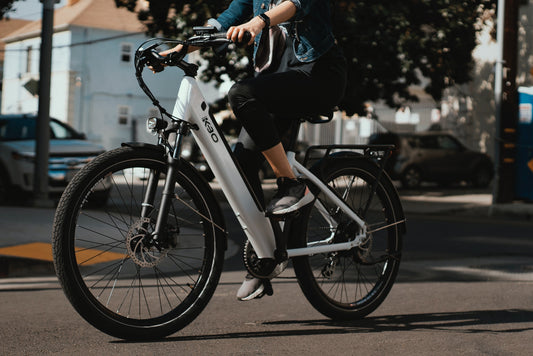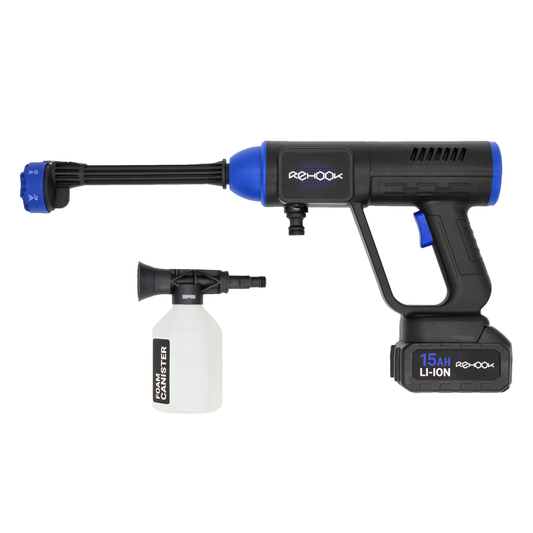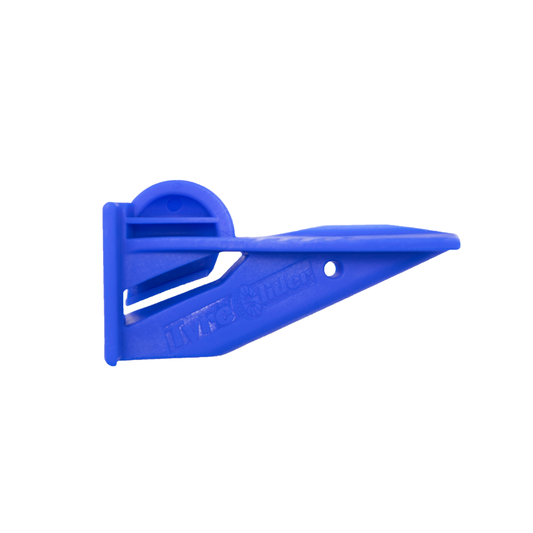meh-kuh-nik-uhl breyks
Noun
Bicycle brakes operated by a mechanical system.
Example usage: My mountain bike has mechanical brakes for more reliable stopping power.
Most used in: Mountain biking and off-road cycling.
Most used by: Mountain bikers and off-road cyclists.
Popularity: 8/10
Comedy Value: 2/10
Also see: Cantilever Brakes, Rim Brakes, V-Brakes, Disc Brakes,
What are Mechanical Brakes?
Mechanical brakes are the most common type of brakes used on bicycles. They are operated by a cable that runs from the brake lever on the handlebar to the brake assembly at the wheel. When the brake lever is pulled, the cable tightens and the brake pads squeeze the wheel's rim, slowing or stopping the bike.
Mechanical brakes are generally considered to be the most reliable type of brake and require less maintenance than other types of brakes. They are also relatively inexpensive and easy to replace. According to the Bicycle Product Suppliers Association, mechanical brakes accounted for over 80% of all bicycle brakes sold in the US in 2020.
Mechanical brakes are best suited for flat terrain and leisure riding, as their braking power is limited compared to hydraulic or disc brakes. While they are not as powerful or reliable in wet weather, they are still a popular choice for many cyclists.
Overall, mechanical brakes are the most common type of brake used on bicycles. They are relatively inexpensive and easy to maintain, making them a good choice for flat terrain and leisure riding.
The Origin of the Term 'Mechanical Brakes' in Cycling
The term “mechanical brakes” first appeared in the context of cycling in the early 1900s. It was used to refer to a braking system that used cables and levers to apply pressure to the wheel rims, as opposed to the earlier coaster brakes which used a back-pedaling mechanism to slow the bike.
The first mechanical brakes for bicycles were invented in England in 1895 by Frank Bowden and Harry John Lawson. They were made of steel components and used a lever and cable system to stop the bike. This design was soon adopted by other bicycle manufacturers around the world and became the standard for the next several decades.
In the 1950s, mechanical brakes were replaced by the more advanced caliper brakes, which used two arms to squeeze the wheel rim. This design was much more efficient and provided better stopping power. However, mechanical brakes are still used today in some parts of the world, particularly in mountain biking, where the extra stopping power is necessary.
The term 'mechanical brakes' has been used in cycling for more than a century and is still used to refer to the braking systems that use levers and cables to stop the bike. It is a reminder of the long history of cycling and the evolution of the technology used to make cycling safer and more enjoyable.












